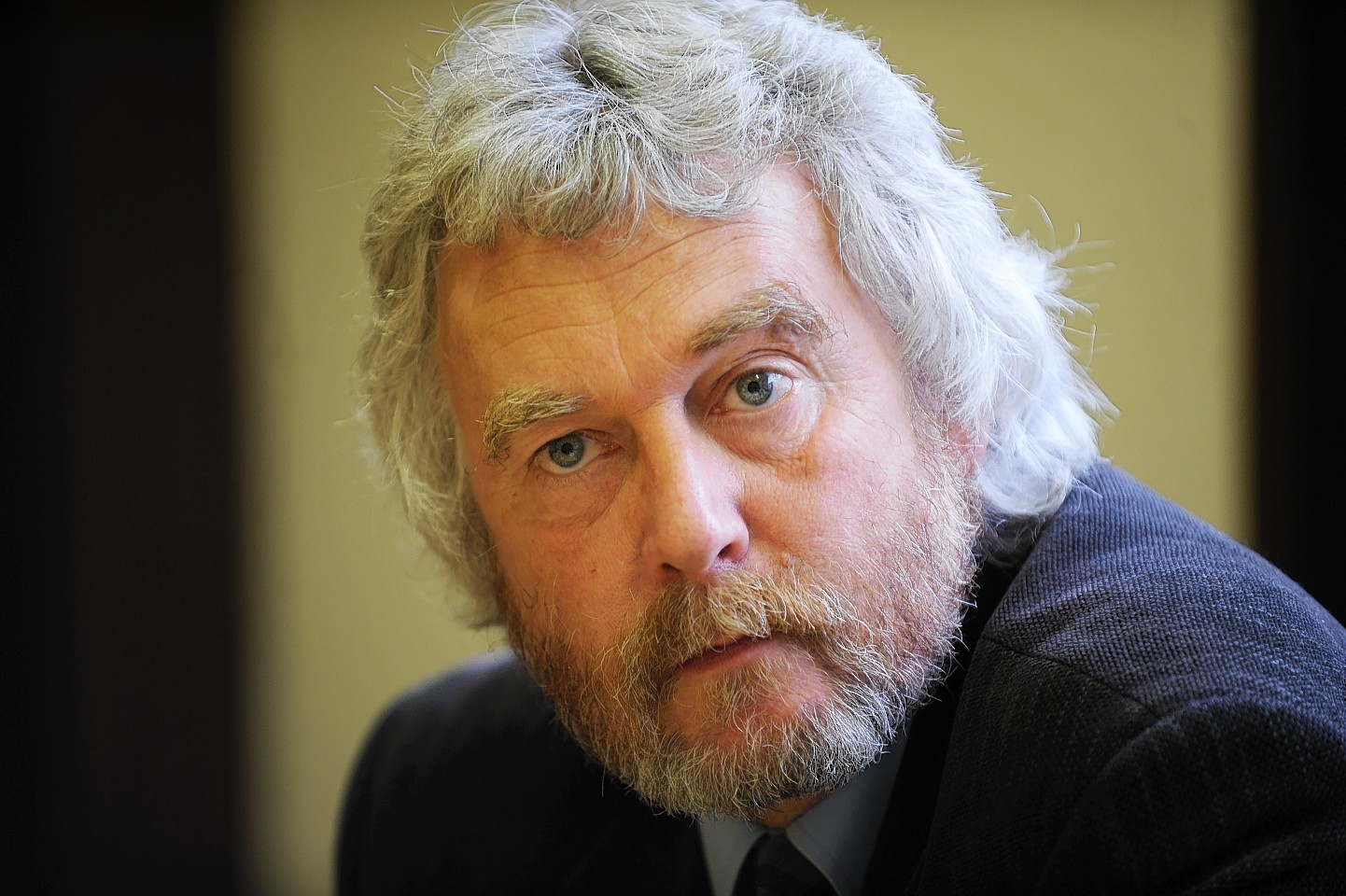Concerns have been raised that a possible cut in major trauma centres nationwide could affect the handling of critically ill patients in the Highlands.
Members of NHS Highland’s board gathered in Inverness yesterday to discuss a report on the development of the major trauma network in the north.
Mountaineering and crash casualties are prevalent in the region and casualties are often flown direct by helicopter to either Aberdeen, Dundee, Glasgow or Edinburgh, depending on their location.
Flight times can range from less than 45 minutes in southern parts of the Highlands to more then an hour in the far north and west.
The report highlighted that a review has started of the number of these centres, with five options being tabled as part of an options appraisal.
Board member, Michael Foxley said he was concerned that the Highland board would not have an input on the matter, adding: “There seems to be inadequate attention being given to the need to stabilise people before transferring them. Without that they will arrive in a poorer condition.
“We have to plan what we are doing in the Highlands and the links between the Highlands and the major trauma centres. We should be able to have a say in it.”
But Dr Rod Harvey, a medical director on the board, said: “I think we should be clear we are very significantly involved with discussions on the main trauma network in the north of Scotland.
“Plans for the four major trauma centres in Scotland have been limited to these host boards and to that extent we have been excluded, but it is really important to recognise that as a board, we will provide major trauma services.”
Chairman Gary Coutts said: “What is important is that we continue to provide immediate care. As a board we want to be 100% engaged with the treatment of trauma in our area and the transfer of patients originating in our area.”
After yesterday’s meeting Mr Foxley said: “I am reassured by the chairman making it very clear in the meeting that we would have a direct input.
“If you are in a major road accident or fall from a mountain, you need to be stablised at the scene first. I have heard it from general managers in control rooms who think these patients need to be picked up and taken to somewhere like the Southern General straight away, and if they have major blood loss, a brain injury or blocked airways, they have to be stabilised first.”
